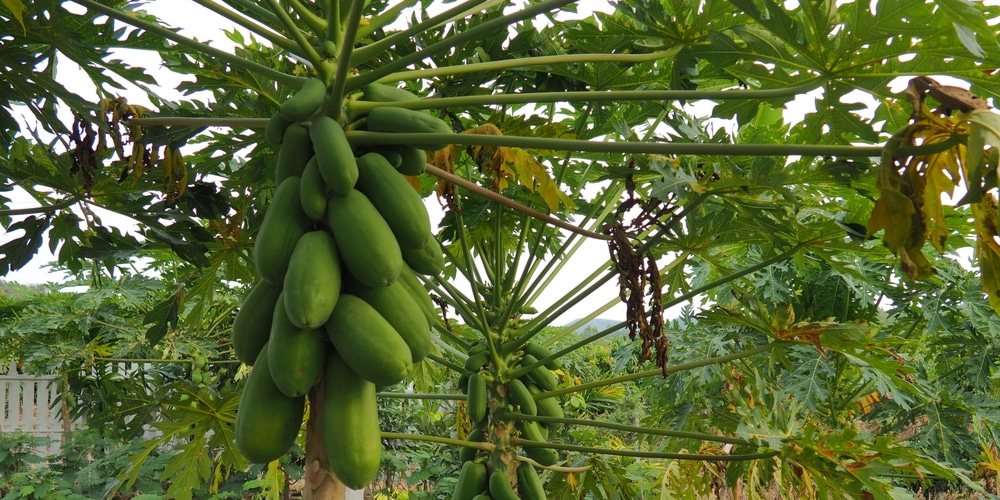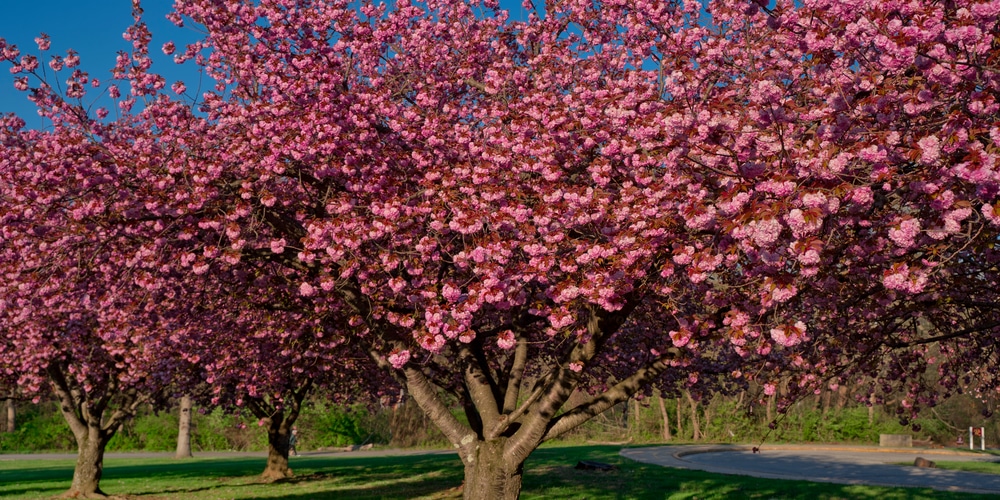The state of Texas is home to many native fruit trees, which are both common and exotic. Many fruit trees that are native to the state were either originally planted by Native Indians who lived in this region or were found growing naturally. Texas native fruit trees are drought tolerant and can grow well in various soil types.
If you’re searching for a fruit tree to grow in your yard in Texas, you may like to consider the following list of both historical and modern-day examples of Texas native fruit trees:
Texas native fruit trees
Texas is situated in USDA zones 6 through to 9 and has an extended growing season and warm climate. Many of the trees native to Texas are drought tolerant and produce exotic fruits.
These beautiful, unusual, and tasty fruits have been enjoyed for centuries by both animals and humans. The trees themselves were historically important to Native Indians who used them as a source of food, building material, and medicine.
Today these fruit trees are becoming increasingly popular with gardeners throughout the state. This is partially due to efforts from non-profit organizations that have created orchards of Texas native fruit trees that are accessible to the public.
Persimmon trees (Diospyros virginiana)

The persimmon produces small, yellow to orange-colored fruit, which matures in the fall and has a sweet taste. The persimmon tree prefers growing conditions such as moist soil, partial sunlight, or full shade and can also grow well if grown from a container.
These trees are most commonly found growing in the eastern side of the state. There are also many persimmons in central Texas. The trees can grow to a height of 40 feet when growing conditions are optimal. In the spring, they produce flowers that are yellow to green, and these turn into fruits that ripen in the fall.
Pawpaw trees (Asimina triloba)
The pawpaw tree is a native species well suited to growing in Texas. It produces dark purple flowers, which later turn into elongated yellow fruits with a sweet flavor. The fruit matures in the fall.
The pawpaw tree does well when grown in moist soil and can grow to between 20 and 30 feet tall. The species is generally fast-growing when planted in the right locations. These trees do well with a constant supply of water and are often found growing beside rivers in waterlogged soil.
Red mulberry (Morus rubra)
This fruit tree is native to Texas and is described as a deciduous tree that can get very tall. The trees can grow up to 50 feet tall with a spread of 30 feet. The red mulberry tree has pink-tinted white flowers and dark purple fruit, which mature in the summer. The fruit looks similar to a blackberry and has a distinctive earthy taste.
The fruit of the mulberry tree is juicy and can stain clothing, pavements, and patios, so be careful when picking the fruit. You may also want to take this into consideration when deciding where to plant this species. These trees aren’t very tolerant to drought and need to be planted in soil that’s rich in organic matter and drains well.
Crab apple (Malus ioensis)
Texas crab apple trees are a deciduous native species with a maximum height of 30 feet. They have small pink 5-petaled flowers and green to yellow fruit that tastes tart. The fruit matures in the fall and is best when made into jams or jellies. The fruit is crisp and can also be eaten raw.
There are two types of crab apple in Texas the southern and western varieties. The Western Crab Apple is the most common, and it’s also referred to as Iowa, narrow-leaf, or prairie crabapple.
Crabapple trees are not subtropical, but they can cope with hot weather and are fairly drought tolerant. If you are growing crabapple and experience a drought, it may be best to provide your trees with some water, as this will help with fruit production.
Texas Native Fruit Trees: Conclusion
Texas is home to many native fruit trees which can grow in a variety of conditions. If you’re thinking of developing a fruit tree in your yard, you may like to consider one of the examples featured on this list.


